As Earth Day turns 50, green movement faces fresh challenges
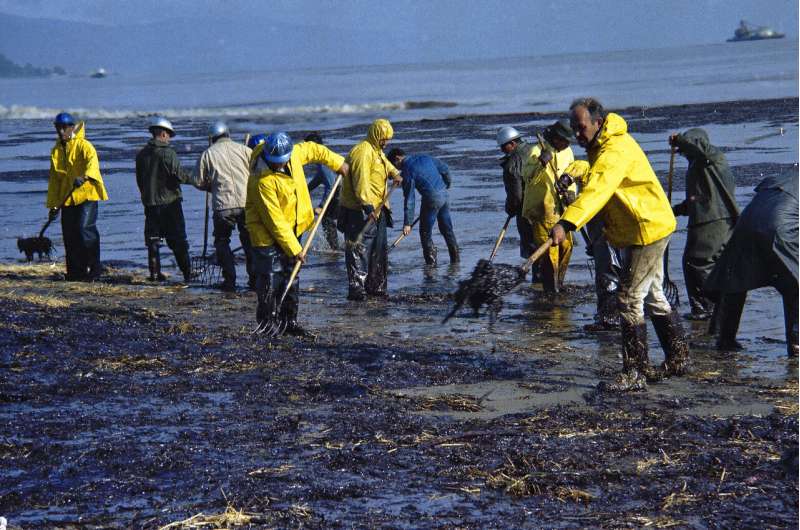
Gina McCarthy remembers the way things used to be: Tar balls clinging to her legs after swimming in Boston Harbor. The Merrimack River colored bright blue and green by textile mill chemicals. Black smoke everywhere.
Kim Wasserman worries about what it's like today: Hundreds of diesel trucks rolling down residential streets in her mostly low-income, Hispanic neighborhood in Chicago. Houses blanketed in ash from a recent smokestack demolition at a shuttered coal-fired power plant. High rates of asthma and other illnesses.
Fifty years after the first Earth Day helped spur activism over air and water pollution and disappearing plants and animals, significant improvements are undeniable. But monumental challenges remain.
Black, brown and poor communities suffer disproportionately from ongoing contamination. Deforestation, habitat loss and overfishing have wreaked havoc on global biodiversity. And the existential threat of climate change looms larger than anything that came before.
A fundamental, global change in thinking and action is needed that goes well beyond any one day, said former California Gov. Jerry Brown, who called Earth Day an opportunity for "a wake-up call."
"But the darkness, the blindness is so pervasive," said Brown, who several years ago started an organization with ex-New York Mayor Michael Bloomberg to address climate change.

Outrage over the burning Cuyahoga River in Cleveland, an oil spill that killed thousands of seabirds off the California coast and a plunging bald eagle population blamed on pesticides drew millions of people to the first Earth Day on April 22, 1970.
Later that year, Congress established the Environmental Protection Agency to oversee the nation's response and in ensuing years, passed landmark laws to protect air and water quality, marine mammals and endangered species, and to clean up the nation's most toxic sites.
"It was quite an amazing time," said McCarthy, who led the EPA for four years under President Obama and now heads the Natural Resources Defense Council, an advocacy group. "People just (said), 'Hey, enough is enough ... it's just not going to happen anymore.'"
Environmentalist and author Bill McKibben, who has led a campaign for universities to pull investments from fossil fuel industries, said the first Earth Day "changed our understanding of the environment almost overnight."

"We have way cleaner air and way more rivers, streams and lakes you can swim in than people did in 1970," McKibben said.
Yet in the decades since, some problems that sparked the environmental movement have only gotten worse.
Urbanization, farming and industry have led to widespread loss of forests and grasslands, exacerbating the dangers of climate change and contributing to an alarmingly swift decline in animal and plant species. Overfishing threatens the ocean food web. Hotter global average temperatures are leading to both heavier rainfall and drought, and are contributing to sea level rise that threatens coastal communities.
And new issues emerged that weren't foreseen in 1970, including widespread contamination of waterways and drinking water by perfluoroalkyl and polyfluoroalkyl—industrial chemicals known collectively as PFAS—and plastic pollution that kills and injures marine life.
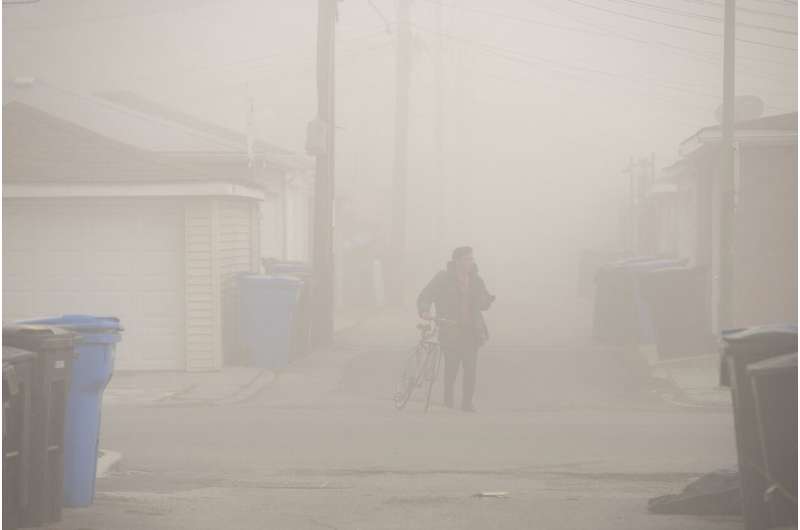
Meanwhile, minority and poor communities affected by ongoing pollution as well as climate change feel left behind as environmental organizations often focus on issues that don't always resonate with struggling neighborhoods.
Studies show that polluting industry, highways and shipping terminals are more likely to be located in poor and non-white neighborhoods with less political clout, often because historic housing discrimination or poverty forced people of color to live there.
In Charlotte, North Carolina, blacks ended up living near a major railroad line and industrial areas. Those living near Houston refineries and chemical plants are overwhelmingly black and Hispanic. Detroit's most polluted ZIP code, near an oil refinery, is predominantly black and low-income.
"Saving the polar bears is important, don't get me wrong, but we're dying in our neighborhoods. What about saving people, too?" said Wasserman, who spent a decade fighting to close two coal-fired power plants in Chicago's two largest Hispanic enclaves and now worries plans for a distribution warehouse on one site will bring more diesel pollution. "We need to be talking more holistically about saving the earth in general."
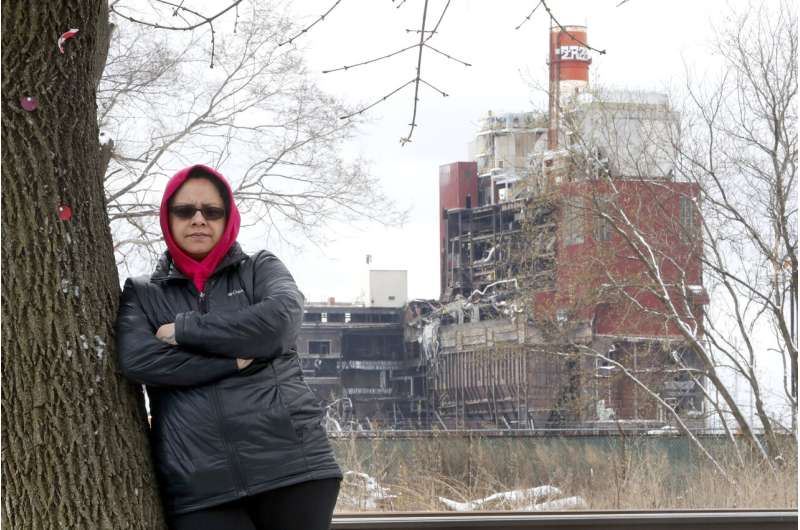
Environmental groups for decades also have struggled to get lawmakers to act on climate change—and to persuade the public to take it seriously.
Early water and air pollution were problems people could see and smell, while climate change until recently had seemed decades away.
"The initial burst of things around Earth Day were mostly things that directly affected people—freeways cutting through their neighborhoods, oil spills on their beaches, their river in Cleveland catching on fire," said Denis Hayes, who was the 25-year-old national coordinator for that first Earth Day and who is still involved in the movement.
Then, efforts to speak to worldwide climate change began in the 1990s. "That is much more difficult to get people aroused by," Hayes said. "Maybe more important, it's more difficult to address."
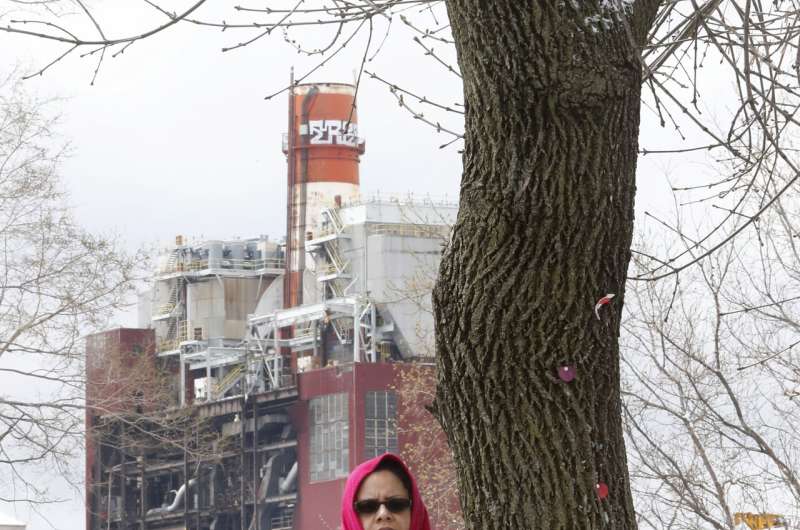
As evidenced by last year's climate protests, a new, diverse generation of activists is demanding action, fueled by fears the worst impacts will happen in their lifetime.
Yet environmental issues have become so politically polarized that it's difficult for Democrats and Republicans to find common ground, said Carol Browner, who was EPA administrator under President Clinton and directed climate change policy under Obama.
"We could have done a better job at maintaining the bipartisan support for environmental protection," she said.
Now, environmentalists fear, regulatory rollbacks under the Trump administration, along with attacks on science long used to make decisions, also threaten years of progress. Trump is pulling the U.S. out of the landmark Paris agreement, which the United Nations rolled out on Earth Day 2016.

Some Democratic lawmakers have responded by introducing the sweeping Green New Deal to transition the economy away from fossil fuels, and many of the Democratic presidential candidates rolled out their own climate plans. But such efforts face stiff opposition from Republicans and some within the party.
For environmental reforms, the support of minority communities will be very important, activists say, because people of color will comprise the majority of the U.S. population within about 20 years.
Yet representation of people of color in large environmental organizations still is far too low, said Dorceta Taylor, a University of Michigan professor who researches the social impacts of environmentalism. Taylor, who is black, published a study in 2014 study that found just 16% of staff jobs in those organizations were held by minorities, though that's a big jump compared to 10 years earlier.
Green 2.0, an advocacy organization that tracks racial and ethnic diversity among the top environmental groups and foundations, found growing diversity among staff and boards, though minorities still were just a fraction of the leadership compared to whites in most organizations.
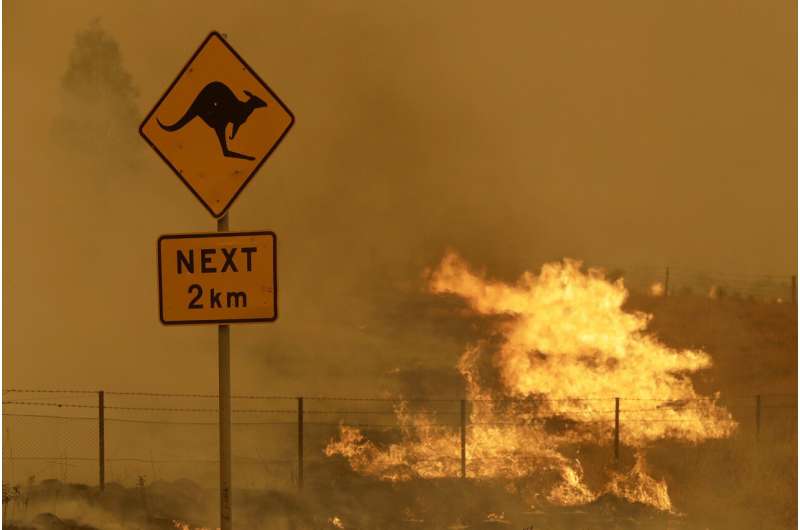
Minorities care deeply about pollution and climate change "because they see it 24/7," said Robert Bullard, an environmental policy professor at Texas Southern University and a longtime environmental justice activist.
"Earth Day 50 should not look anything demographically like the first one, which was very white and middle class," he said. "It needs to be ... a day to celebrate the fact that our country is changing."
© 2020 The Associated Press. All rights reserved. This material may not be published, broadcast, rewritten or redistributed without permission.




















